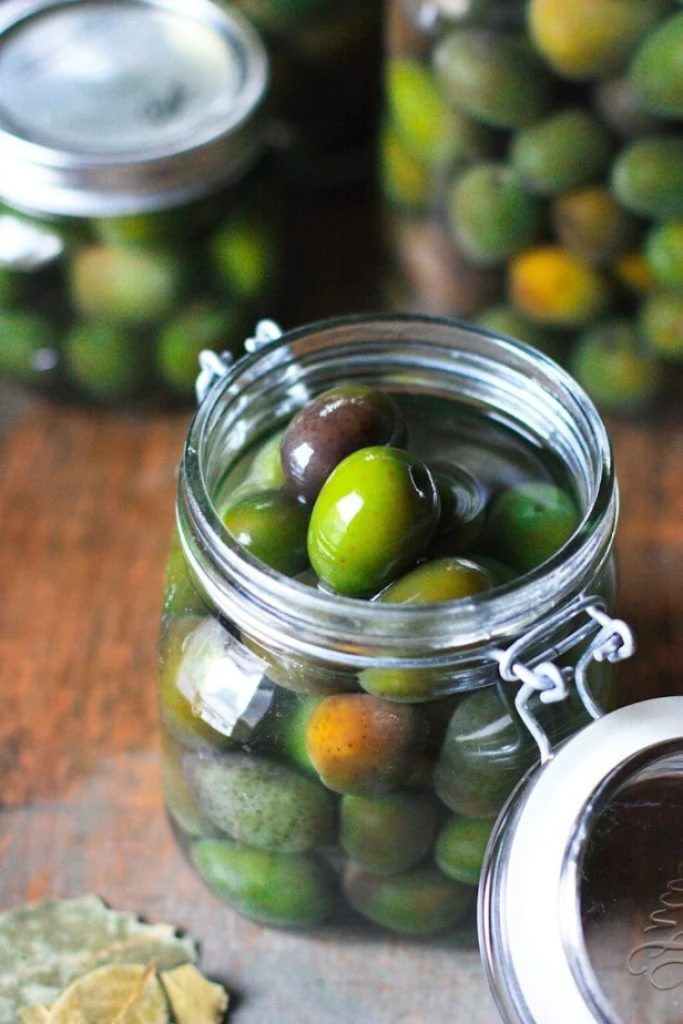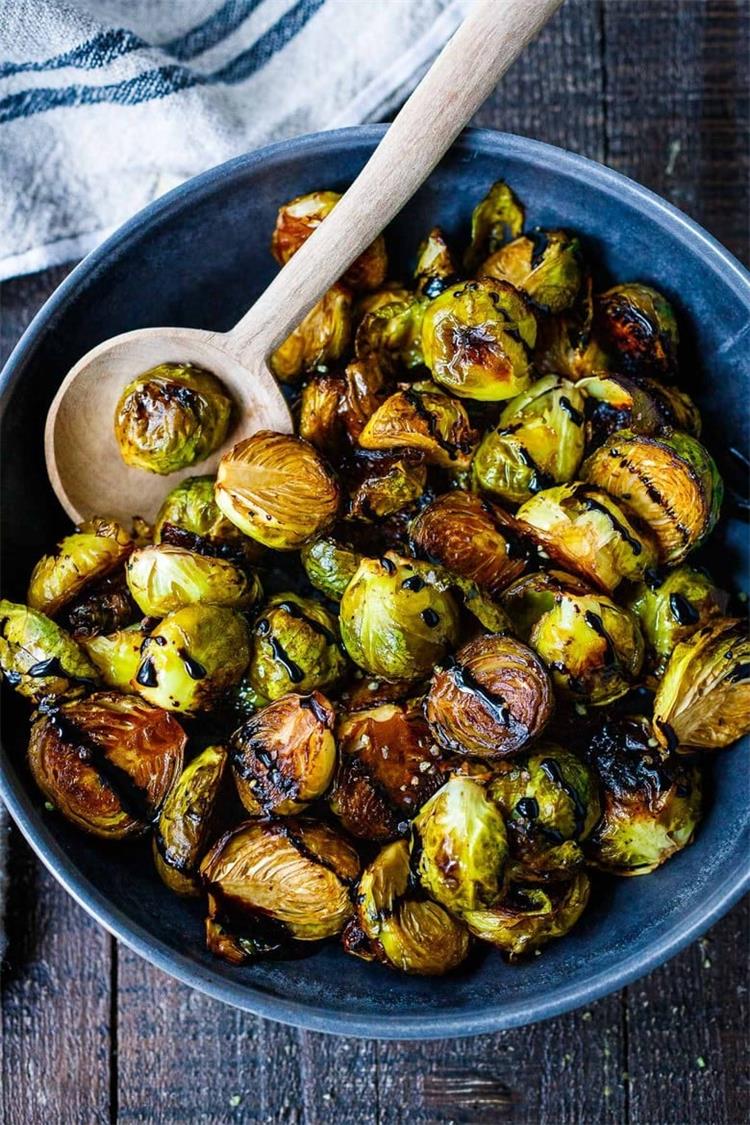
Olives are a delicious snack that can be enjoyed in many ways. But did you know that you can make your own olives at home? It’s not hard, but it does take some time and patience. Olives are naturally bitter and need to be cured before they become edible. Curing is a process that removes bitterness and adds flavor to the olives. There are different methods of curing, such as water-curing, brine-curing, dry-curing and lye-curing. In this article, we will focus on water-curing and brine-curing, which are the simplest and most common methods for home curing.
Water-Curing Olives
Water-curing is a method that uses plain water to remove the bitterness from green olives, which are young and immature olives. Green olives have a mild flavor and a firm texture that make them ideal for water-curing. Here’s how to do it:
- Pick fresh green olives that are unbruised and free of insect damage. If they have been sprayed with chemicals, rinse them well before curing them.
- Break or slit the olives to allow the water to penetrate the flesh. You can use a rolling pin or a wooden mallet to lightly smash the olives, or a sharp knife to make three cuts on each olive. Be careful not to damage the pit or mash the olives too much.
- Place the olives in a food-grade plastic or glass container and cover them with cold water. Make sure none of the olives are exposed to air. You may need to weigh them down with a plate or something heavy.
- Change the water every day for about a week, or until the bitterness is gone. To change the water, drain the olives through a colander, wash the container, put the olives back and fill it with fresh water.
- Taste an olive to check if it is ready. It should have a nutty and fresh flavor, without any bitterness.
Brine-Curing Olives
Brine-curing is a method that uses salt water to remove the bitterness from both green and ripe (purple or black) olives. Brine-curing also adds a salty flavor and helps preserve the olives for longer. Here’s how to do it:
- Pick fresh olives that are unbruised and free of insect damage. If they have been sprayed with chemicals, rinse them well before curing them.
- Break or slit the olives as described above.
- Place the olives in a food-grade plastic or glass container and cover them with a brine solution made of 1 part salt to 10 parts water. Make sure none of the olives are exposed to air. You may need to weigh them down with a plate or something heavy.
- Change the brine every week for 3 to 6 weeks, or until the bitterness is gone. To change the brine, drain the olives through a colander, wash the container, put the olives back and fill it with fresh brine.
- Taste an olive to check if it is ready. It should have a salty and tangy flavor, without any bitterness.
Storing Your Cured Olives
Once your olives are cured, you can store them in a new brine solution made of 1 part salt to 10 parts water. You can also add some herbs, spices, garlic, lemon or vinegar to enhance the flavor of your olives. Store your cured olives in an airtight container in the refrigerator for up to 6 months.
Enjoy your homemade olives as a snack, in salads, on pizzas, in sandwiches or however you like!




